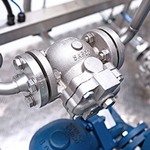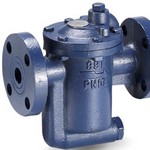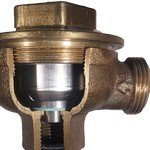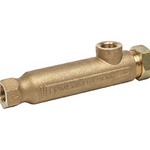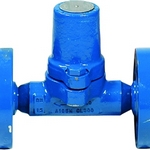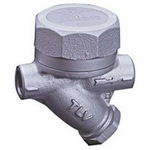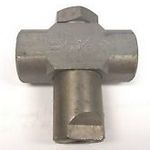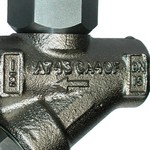In a steam piping system, steam traps are critical for two purposes :
- Removing steam condensate.
- Removing air and other non-condensable gases.
Condensate removal
Removing condensate form steam pipes is essential for proper heat transfer and avoiding water hammer.
Removing air and non-condensable gases
It is essential to remove air or non-condensable gases from steam system for avoiding adverse effect on heat transfer function. Non-condensable gases can dissolve in condensate to create acids and corrode piping systems.
Steam trap locations
Stream trap help remove air, non-condensable gases and condensate without removing steam from steam systems. They are normally required at following places :
- Vertical risers / loops / low points.
- Every 50-60 meters on horizontal steam header.
- Ahead of all possible dead ends e.g. shutoff vales on bypass lines.
- In steam tracing and jacketing service, steam trap is required at the steam supply manifolds for feeder lines and at the condensate collection manifolds.
- For steam operator equipment, steam trap is required ahead of humidifier, pumps and turbines etc.
- In condensate outlet from the equipment using steam (e.g. Condensers, Coils, Heaters, Drivers etc.).
Types of steam traps
Selected steam trap should function at maximum condensate load provided by process department. Steam traps are divided into three categories :
- Density operated steam traps,
- Temperature operated steam traps
- Kinetic energy operated steam traps.
Density operated steam traps.
Temperature operated steam traps
Kinetic energy operated steam traps
Steam Trap Specification

